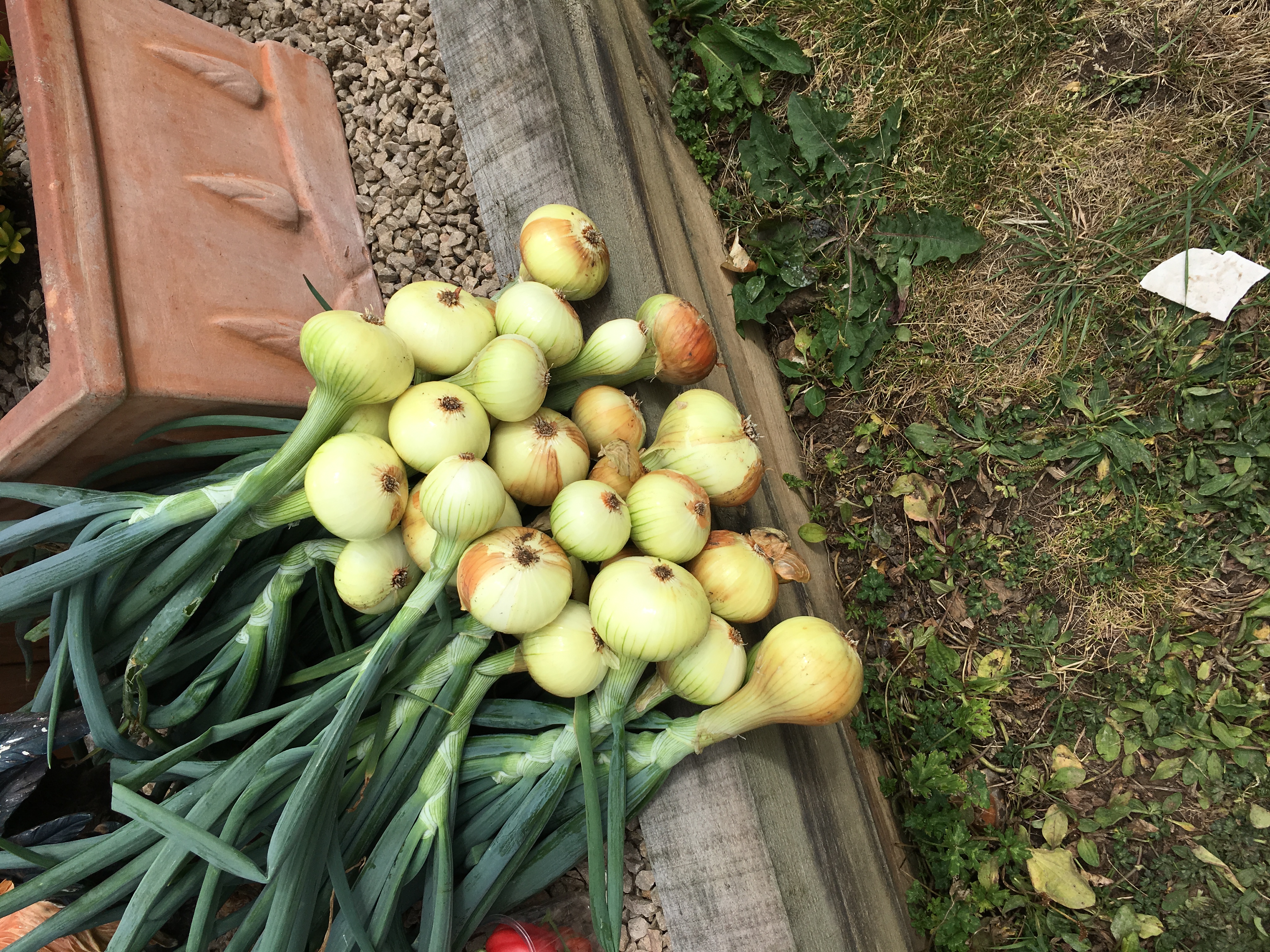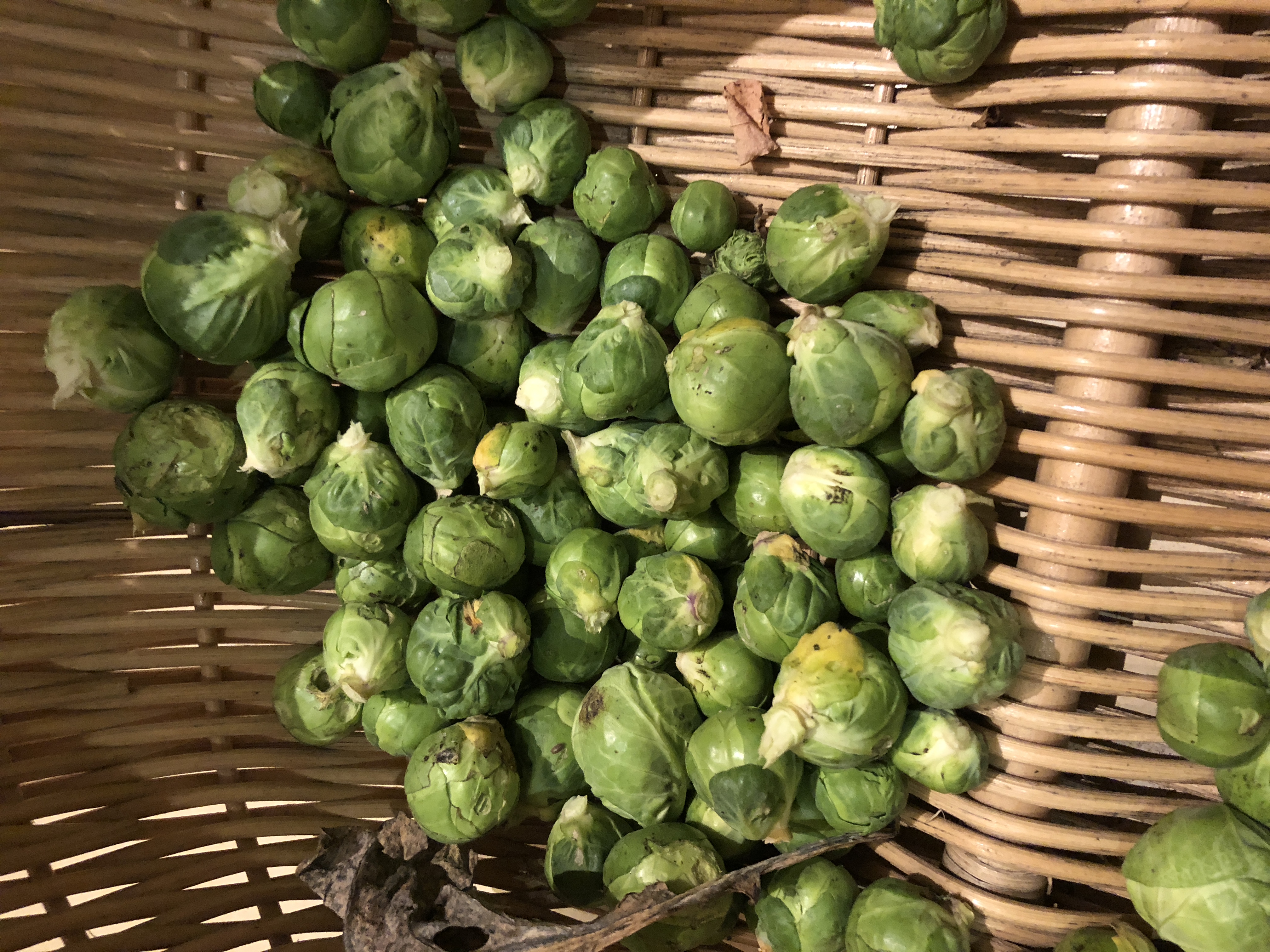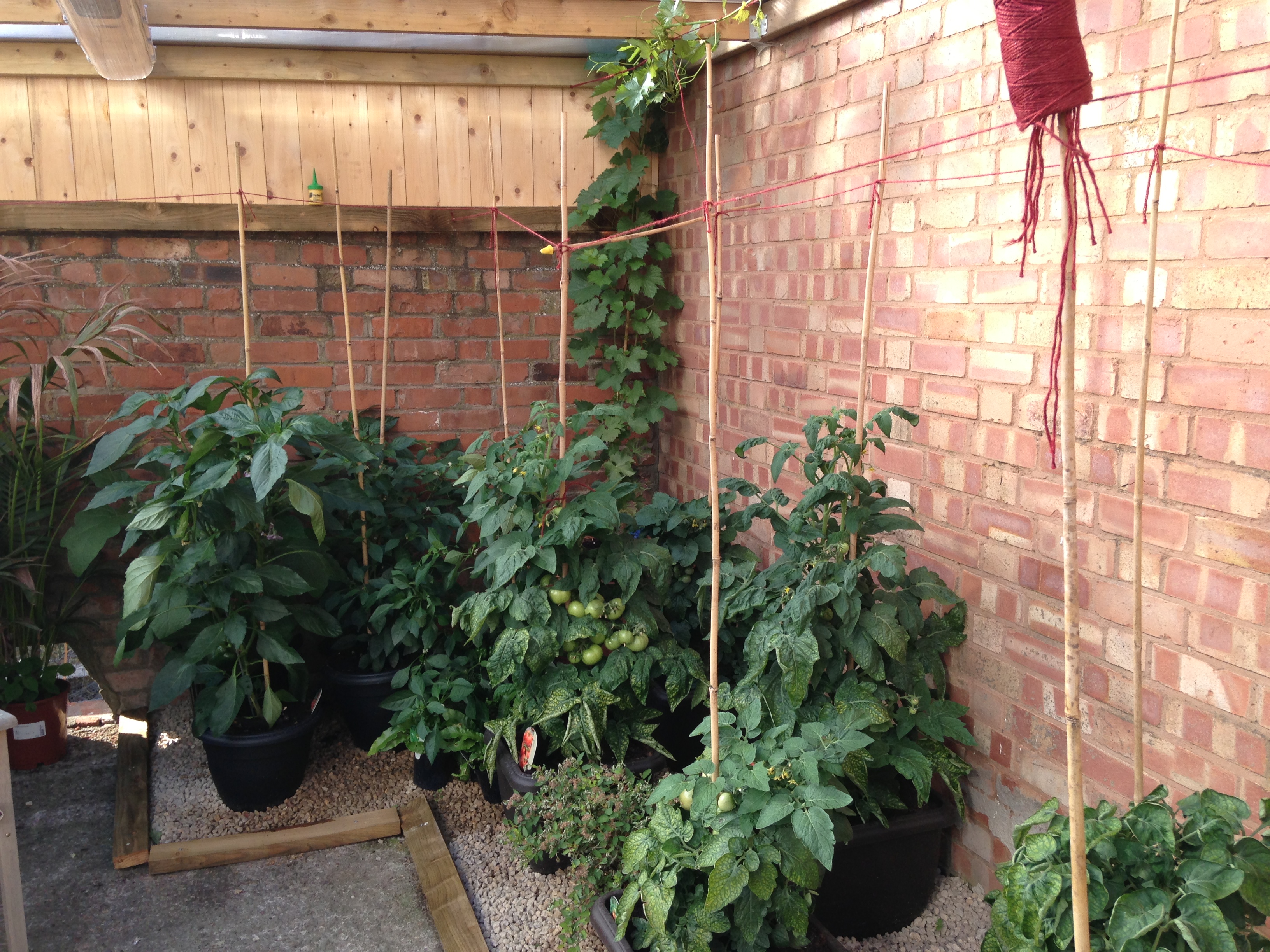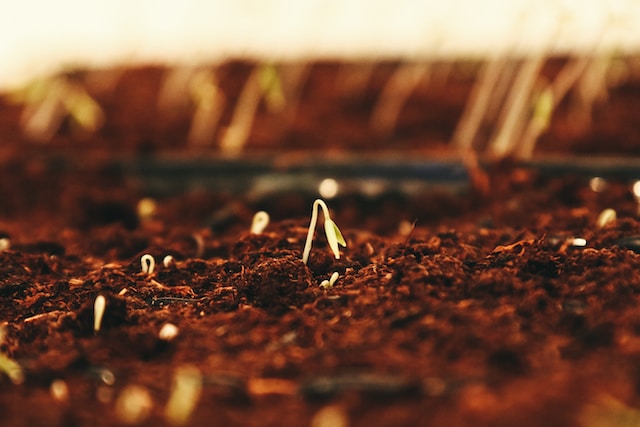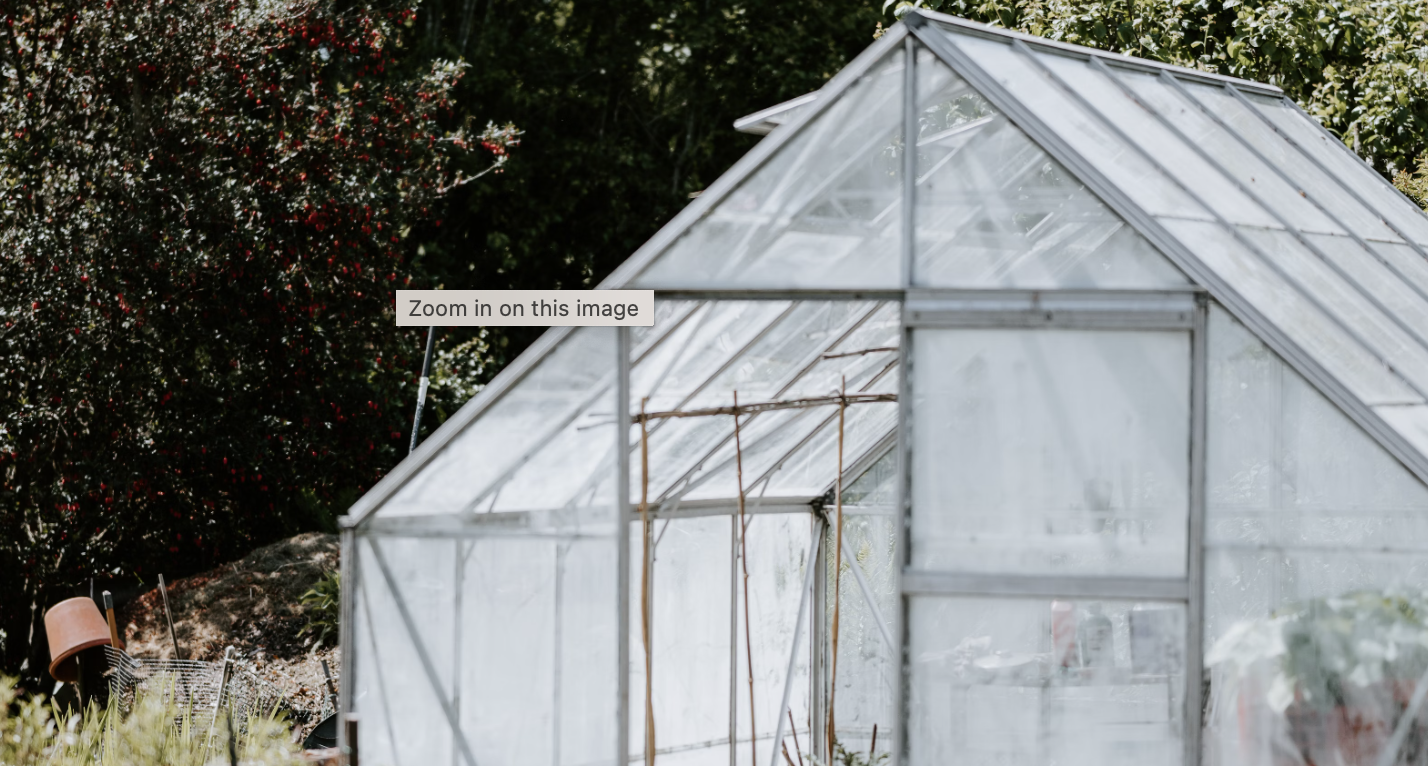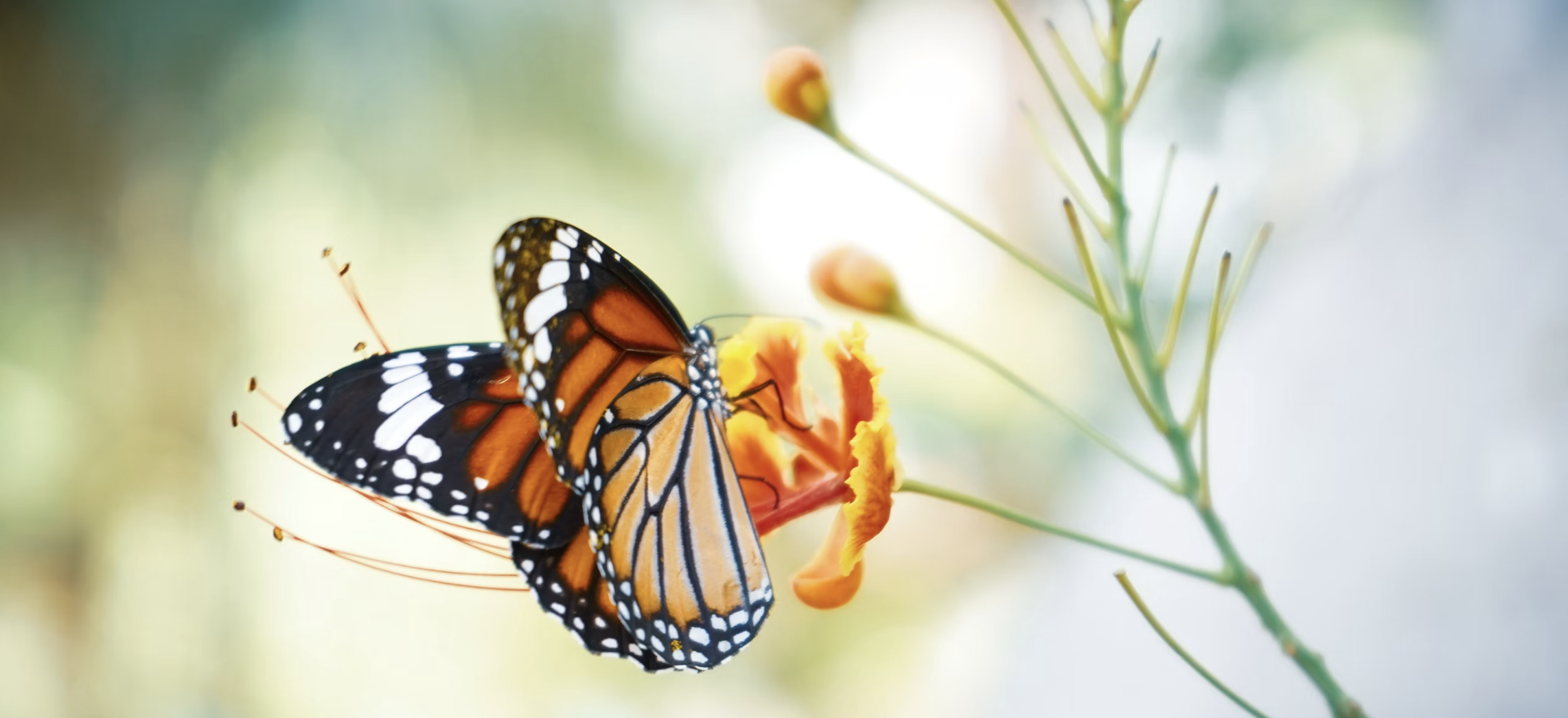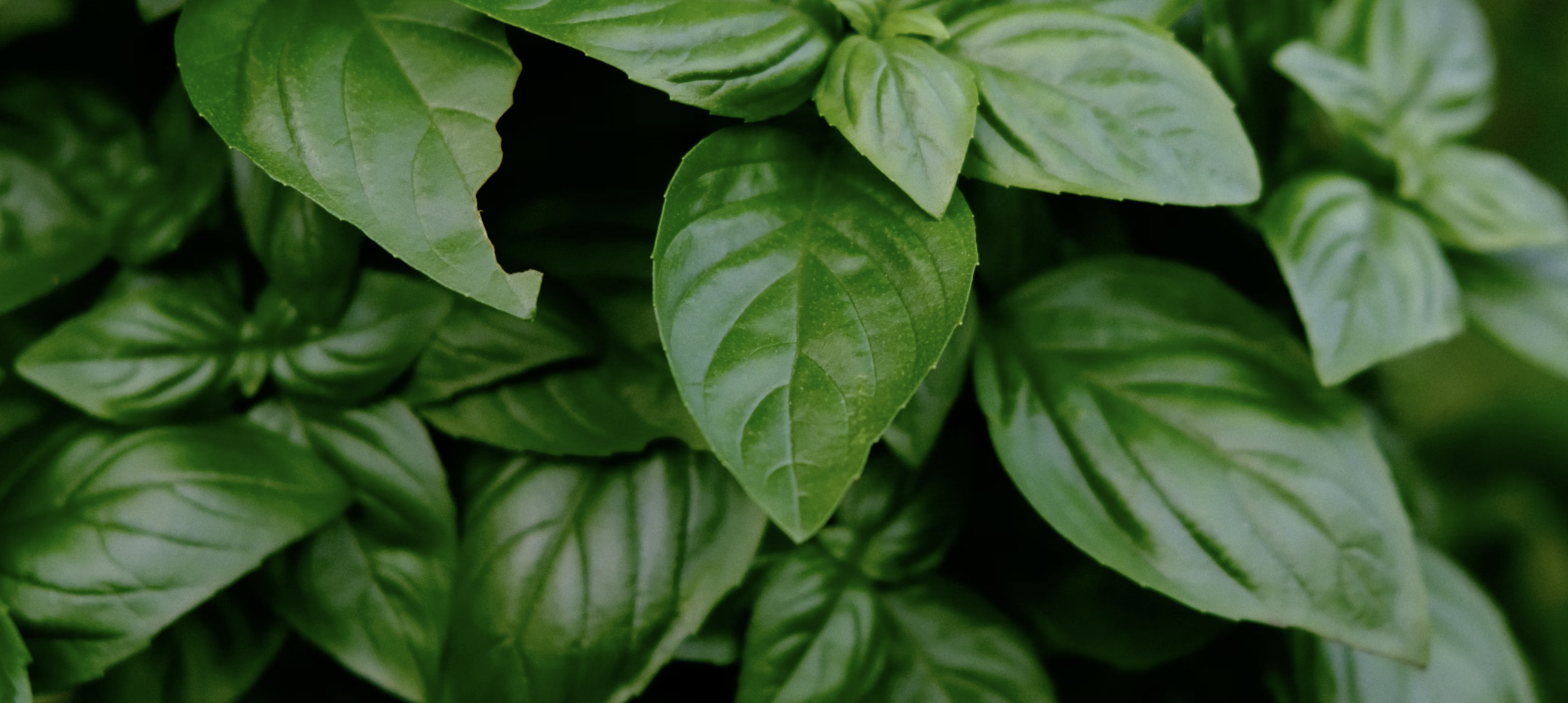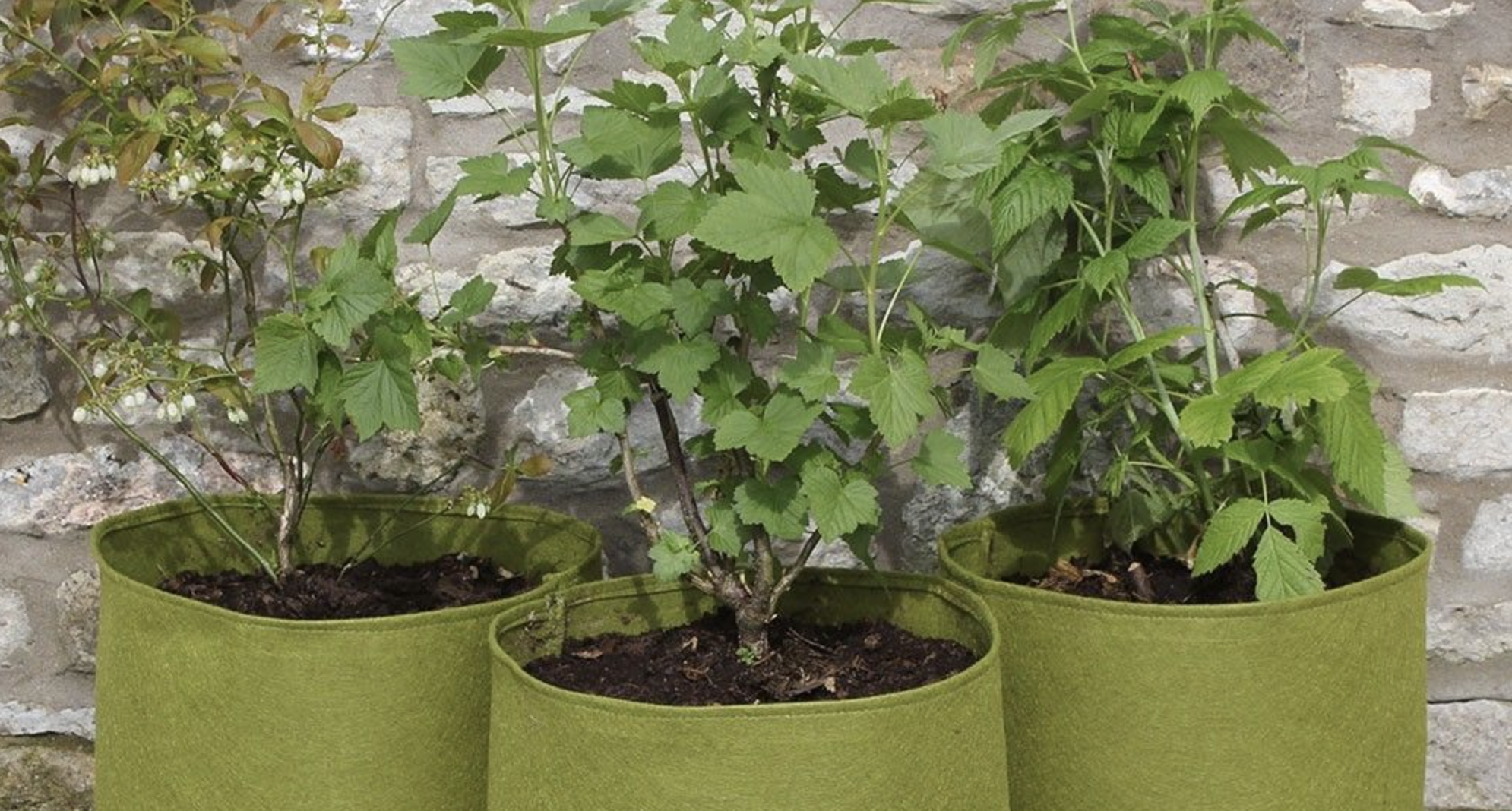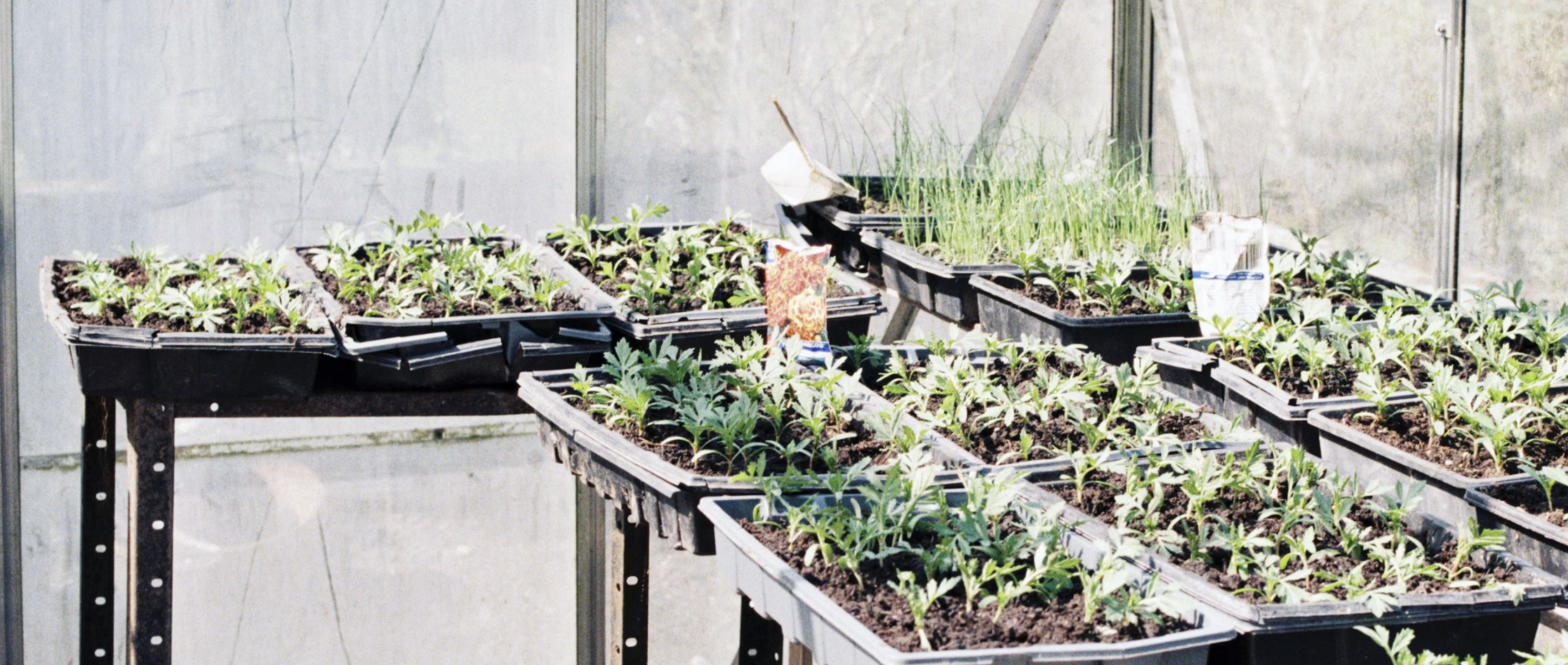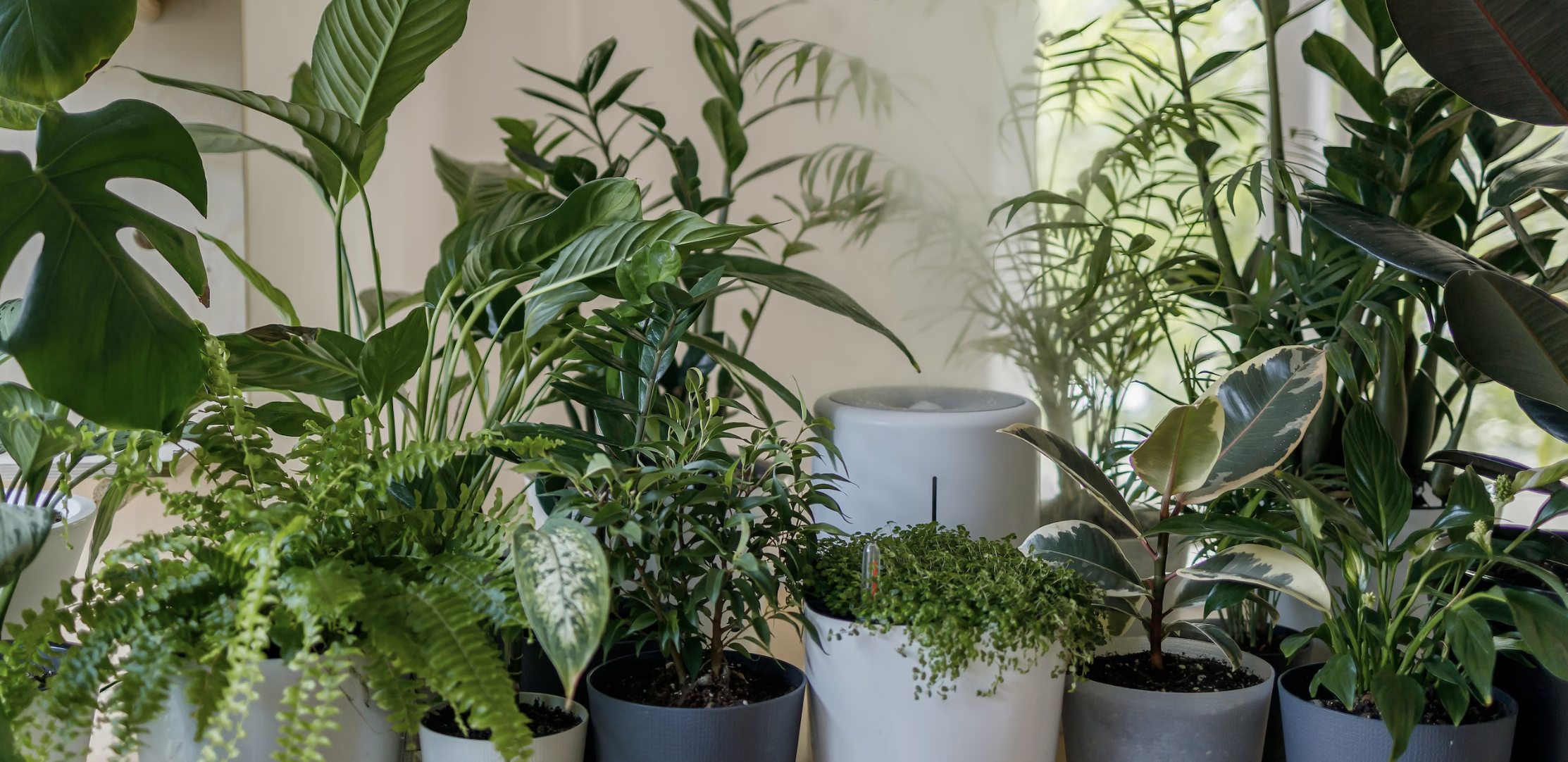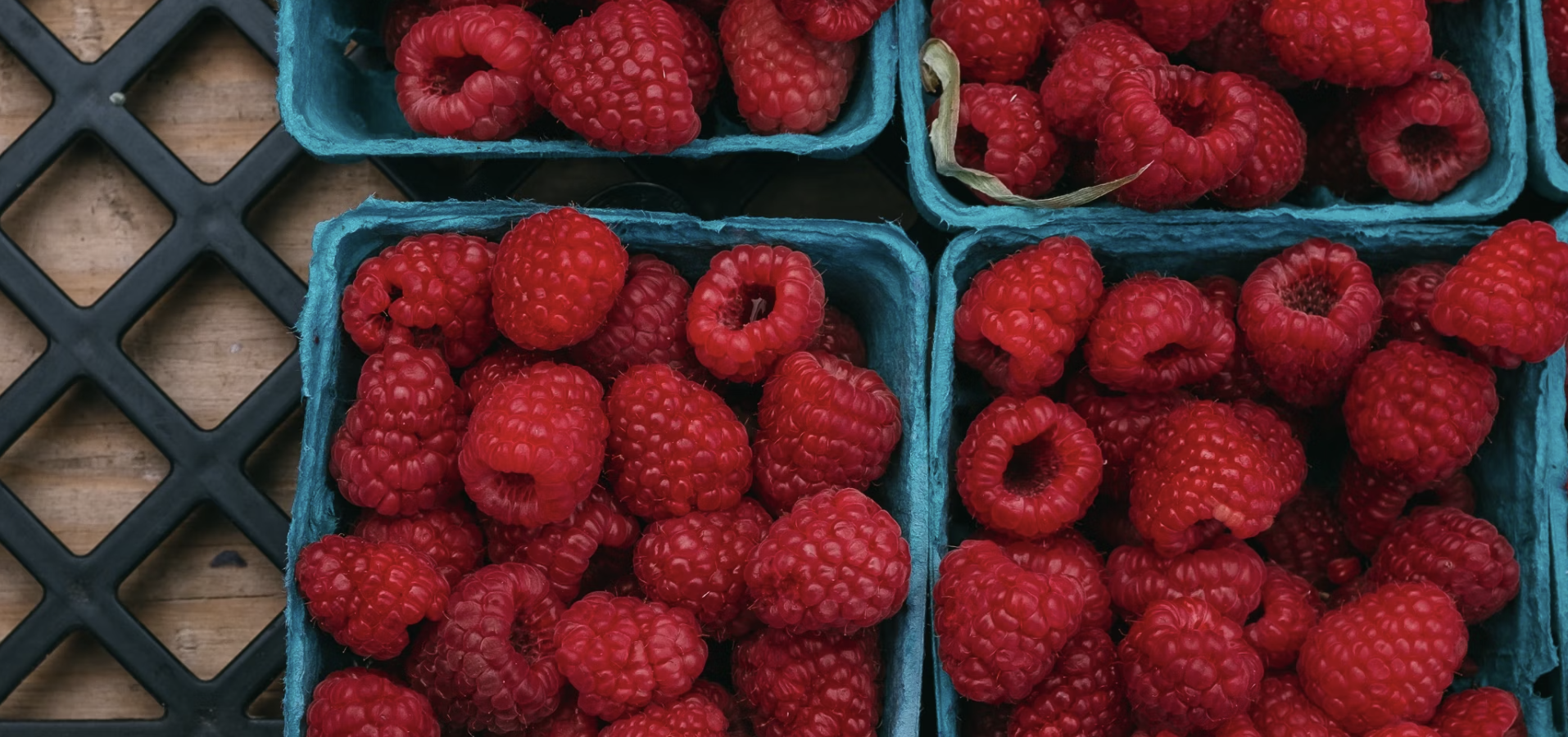
Are pesky pests jeopardizing your fruitful garden harvests? It's time to bring out the secret weapon: fruit cage netting. With its exceptional ability to keep unwanted visitors out while ensuring the free airflow your plants need, fruit cage netting is a game-changer for every gardener.
Imagine enjoying plump, juicy fruits without sharing them with birds, squirrels, or other critters. Fruit cage netting offers a protective barrier that keeps your precious produce safe from nibbling invaders. It not only safeguards your plants but also helps you save money on costly pesticides and prevent harmful chemicals from seeping into your soil.
Whether you're growing delicate berries, succulent peaches, or vibrant tomatoes, fruit cage netting is your ally in the battle against pests. Investing in high-quality netting is key, as it ensures durability and longevity, allowing you to enjoy its benefits for years to come.
Transform your garden into a pest-free paradise and reap the rewards of a bountiful fruit harvest. Discover the power of fruit cage netting – your secret weapon for protecting your cherished crops and enjoying the fruits of your labor.
What is fruit cage netting?
Fruit cage netting is a specialized type of netting designed to create a physical barrier around fruit plants, protecting them from pests. Made from durable materials such as nylon or polyethylene, fruit cage netting is strong enough to withstand outdoor conditions while still allowing sunlight, air, and rain to reach your plants. The fine mesh of the netting ensures that even the smallest pests are unable to penetrate the barrier and feast on your fruits.
Fruit cage netting is available in various sizes and forms, allowing you to customize it based on the specific needs of your garden. It can be draped over individual plants or used to enclose an entire fruit patch. This versatile solution provides a cost-effective and environmentally friendly way to safeguard your crops without resorting to harmful chemicals.
Investing in fruit cage netting is not only a practical choice but also an aesthetically pleasing one. The netting is nearly invisible when properly installed, allowing your plants to shine while keeping unwanted visitors at bay. With its discreet appearance and powerful protection, fruit cage netting is a must-have for any serious gardener.
The importance of protecting fruit plants from pests
Protecting your fruit plants from pests is crucial for maintaining the health and productivity of your garden. Pests such as birds, squirrels, rabbits, and insects can cause significant damage to your fruits, leading to reduced yields and disappointment. These invaders not only eat your precious produce but can also spread diseases and damage the plants themselves.
Birds are notorious fruit thieves, pecking at your berries or plucking your cherries before you have a chance to enjoy them. Squirrels and rabbits are equally adept at raiding your garden, leaving you with empty branches and a sense of frustration. Insects like aphids, beetles, and caterpillars can wreak havoc on your plants, causing leaves to wither and fruits to rot prematurely.
By using fruit cage netting, you create a physical barrier that denies pests access to your plants. This not only protects your fruits but also preserves the overall health of your garden. By preventing pests from feasting on your crops, you reduce the risk of disease transmission and ensure that your plants can thrive undisturbed.
Benefits of using fruit cage netting
Using fruit cage netting provides a multitude of benefits for gardeners seeking to protect their fruit plants. Let's explore some of the advantages that make fruit cage netting an indispensable tool in your gardening arsenal.
1. Pest Exclusion: Fruit cage netting creates an effective barrier that keeps pests out of your garden. The fine mesh of the netting is designed to prevent even the smallest insects from accessing your plants, while also deterring larger creatures like birds and small mammals. By excluding pests, you can enjoy your fruits without the frustration of sharing them.
2. Chemical-Free Protection: Fruit cage netting offers a natural and chemical-free solution to pest control. Unlike pesticides, which can be harmful to the environment and potentially contaminate your produce, netting provides a safe and eco-friendly alternative. By eliminating the need for toxic chemicals, you can grow your fruits with peace of mind, knowing that they are free from harmful residues.
3. Increased Crop Yields: By effectively protecting your fruit plants from pests, fruit cage netting can significantly increase your crop yields. With fewer fruits lost to nibbling invaders, you can enjoy larger harvests and a more abundant supply of fresh, homegrown produce. This increase in yield not only benefits your own kitchen but also allows you to share the fruits of your labor with friends, family, and neighbors.
4. Long-Term Cost Savings: While investing in fruit cage netting may seem like an upfront expense, it can lead to long-term cost savings. By reducing the need for expensive pesticides and preventing crop losses, netting pays for itself over time. Additionally, the durability and longevity of high-quality netting ensure that you can continue to enjoy its benefits for years, making it a sound investment for any gardener.
5. Enhanced Plant Health: Fruit cage netting not only protects your fruits but also benefits your plants in other ways. By creating a physical barrier, netting shields your plants from harsh weather conditions such as strong winds and heavy rains. Furthermore, the netting acts as a shield against sunburn, protecting delicate fruits from excessive heat and UV radiation. This overall protection contributes to healthier, stronger plants and better fruit quality.
Different types of fruit cage netting
When it comes to choosing fruit cage netting for your garden, you'll find a variety of options available. Understanding the different types of netting can help you select the one that best suits your needs. Let's explore some popular choices:
1. Standard Mesh Netting: This type of netting features a fine mesh size, typically around 0.25 inches, which effectively prevents small pests from entering your garden. Standard mesh netting is suitable for a wide range of fruit plants, including berries, grapes, and small fruit trees. It allows for adequate airflow and sunlight penetration while providing excellent protection against birds, insects, and small mammals.
2. Heavy-Duty Netting: For larger fruit plants or areas with more aggressive pests, heavy-duty netting is the ideal choice. With a thicker mesh size, usually around 0.5 inches, this netting provides extra strength and durability. Heavy-duty netting is particularly effective in deterring larger birds and mammals, such as squirrels and rabbits. It is also suitable for enclosing larger fruit patches or orchards, providing comprehensive protection for your entire harvest.
3. UV-Stabilized Netting: UV-stabilized netting is specially designed to withstand prolonged exposure to sunlight without deteriorating. This type of netting is ideal for gardens in sunny climates or areas where netting is left in place year-round. UV-stabilized netting ensures long-lasting performance, preventing damage from UV rays and ensuring that your investment remains effective for years to come.
4. Anti-Bird Netting: As the name suggests, anti-bird netting is specifically designed to deter avian pests. This type of netting features a larger mesh size, allowing birds to see and avoid the barrier. Anti-bird netting is an excellent choice for gardens with a significant bird population or areas where birds pose a particular threat to fruit crops. It provides effective protection while minimizing the risk of birds becoming entangled in the netting.
When choosing fruit cage netting, consider the specific requirements of your garden, the types of pests you need to deter, and the size of your fruit plants. Opting for high-quality netting ensures durability and longevity, allowing you to enjoy its benefits season after season.
How to choose the right fruit cage netting for your garden
Choosing the right fruit cage netting for your garden is essential to ensure optimal protection and performance. Consider the following factors when making your selection:
1. Mesh Size: The mesh size of the netting determines the size of pests that can be excluded. Smaller mesh sizes are suitable for preventing insects and small animals from accessing your plants, while larger mesh sizes are more effective against birds and larger mammals. Evaluate the types of pests prevalent in your area and choose a mesh size that provides adequate protection.
2. Material: Fruit cage netting is typically made from nylon or polyethylene. Both materials are durable and weather-resistant, but nylon is generally more resistant to tearing. Consider the climate and weather conditions in your area when selecting the material. If your garden is prone to strong winds or heavy rains, opt for a netting material that can withstand these challenges.
3. Size and Shape: Determine the size and shape of the area you need to protect before purchasing netting. Measure the length, width, and height of the desired coverage area to ensure you buy enough netting to enclose it fully. If you have irregularly shaped plants or structures, consider purchasing netting that can be easily cut and shaped to fit your specific requirements.
4. Durability: Investing in high-quality netting ensures long-term protection for your garden. Look for netting that is well-constructed, with reinforced edges and seams. This helps prevent tearing and ensures that the netting can withstand the rigors of outdoor use. Additionally, check for UV stabilization, as this feature prolongs the life of the netting, allowing it to maintain its effectiveness over time.
5. Ease of Installation: Consider the ease of installation when choosing fruit cage netting. Look for netting that comes with clear instructions and any necessary accessories, such as hooks or clips. Some netting options may require additional support structures, such as poles or frames, so factor in the time and effort needed for setup.
By considering these factors, you can choose fruit cage netting that meets your specific needs and provides reliable protection for your garden.
Installing fruit cage netting
Installing fruit cage netting may seem like a daunting task, but with proper planning and the right tools, it becomes a straightforward process. Follow these steps to install your netting effectively:
1. Measure and Plan: Measure the area you need to protect and plan the layout of your netting. Determine the height and width of the netting based on the size of your plants and the potential pests you need to exclude. Consider the access points for watering and harvesting, ensuring your netting design allows for easy entry and exit.
2. Prepare the Ground: Clear any debris or obstacles from the area where the netting will be installed. Remove any sharp objects or potential tripping hazards that could cause damage to the netting or pose a safety risk.
3. Install Support Structures: If your netting requires additional support structures, such as poles or frames, install them before attaching the netting. Follow the manufacturer's instructions for proper installation and ensure that the support structures are securely anchored to the ground.
4. Attach the Netting: Lay the netting over the support structures or directly over your plants, depending on the design you've chosen. Gently unfold and spread the netting, ensuring that it covers the entire designated area. Use clips, hooks, or ties to secure the netting in place, ensuring a tight and secure fit.
5. Secure the Edges: To prevent pests from finding gaps or entry points, secure the edges of the netting to the ground. Use landscape fabric pins, rocks, or other heavy objects to weigh down the edges and keep them firmly in place. This step helps maintain the integrity of the netting and ensures that pests cannot sneak in from underneath.
6. Create Access Points: If needed, create access points in your netting to allow for easy watering and harvesting. Install zippers, flaps, or clips that can be easily opened and closed, allowing you to tend to your plants without having to remove the entire netting structure.
With careful planning and attention to detail, installing fruit cage netting can be a straightforward process that provides long-lasting protection for your plants.
Maintaining and cleaning fruit cage netting
Regular maintenance and cleaning of your fruit cage netting are essential to ensure its effectiveness and longevity. Follow these tips to keep your netting in optimal condition:
1. Inspect Regularly: Regularly inspect your netting for any signs of damage, such as tears or fraying. Address any issues immediately to prevent pests from finding entry points. If you notice any damage that cannot be repaired, consider replacing the affected section or the entire netting if necessary.
2. Clean as Needed: Over time, your netting may accumulate dust, dirt, or debris. Clean the netting periodically to maintain its appearance and functionality. Use a soft brush or cloth to gently remove any dirt or debris, taking care not to damage the netting. Avoid using harsh chemicals or abrasive materials that could weaken or tear the netting.
3. Store Properly: If you need to remove the netting during certain seasons or when not in use, store it properly to prevent damage. Clean and dry the netting before folding or rolling it for storage. Avoid storing the netting in areas prone to extreme temperatures or humidity, as this can weaken the material over time.
4. Repair Tears: If your netting develops tears or holes, repair them promptly to maintain its effectiveness. Use a patch kit specifically designed for netting repairs, following the instructions provided. Patching small tears ensures that pests cannot find entry points, keeping your garden protected.
By incorporating regular maintenance and cleaning into your gardening routine, you can extend the lifespan of your fruit cage netting and enjoy its benefits for years to come.
Common pests that can be prevented with fruit cage netting
Fruit cage netting provides a reliable barrier against a wide range of pests that threaten your fruit plants. Let's explore some common garden pests that can be effectively prevented with the use of fruit cage netting:
1. Birds: Birds are notorious for feasting on ripe fruits, leaving you with empty branches and disappointment. Species such as sparrows, blackbirds, and starlings can quickly strip your plants of their bounty. Fruit cage netting effectively deters birds, preventing them from accessing your fruits and preserving your harvest.
2. Squirrels: These agile creatures are adept at raiding gardens and can decimate your fruit crops in no time. Squirrels are known for their ability to bypass various barriers, making fruit cage netting an ideal solution. By creating a physical barrier
Tips for maximizing fruit harvests with fruit cage netting
1. Choose the Right Netting
When it comes to fruit cage netting, not all options are created equal. To maximize the effectiveness of your netting, it's important to choose the right type for your specific needs. Consider factors such as the size of the pests you're trying to keep out, the type of fruit you're growing, and the overall aesthetics of your garden.
For smaller pests like birds and squirrels, a fine mesh netting is ideal. This will prevent even the tiniest intruders from accessing your precious fruits. On the other hand, if you're dealing with larger pests like rabbits or deer, you may need a heavier-duty netting with larger gaps.
Additionally, consider the color of the netting. Opting for a black or dark green netting can help it blend in with your garden, making it less visible to both pests and humans. This can be especially important if you live in an area where wildlife is abundant.
2. Proper Installation is Key
To ensure your fruit cage netting is as effective as possible, proper installation is crucial. Start by measuring the dimensions of your garden area and determining the height and width of your netting. Allow for some extra space to accommodate plant growth and access for maintenance tasks.
Once you have your measurements, securely attach the netting to strong, sturdy poles or frames. Make sure the netting is taut and tightly secured to prevent any gaps that pests could exploit. Use clips or ties to fasten the netting to the structure, ensuring it stays in place even during strong winds or heavy rain.
It's also important to consider how you will access your garden once the netting is in place. Install a door or gate that can be easily opened and closed to allow for tending to your plants, harvesting fruits, and performing routine maintenance tasks. Remember, convenience and functionality are key when it comes to fruit cage netting installation.
3. Maintain Proper Airflow and Sunlight
While fruit cage netting provides excellent protection against pests, it's important to ensure that your plants receive adequate airflow and sunlight. Without proper ventilation and sunlight, your plants may become susceptible to diseases or fail to reach their full potential.
To maintain airflow, choose a netting with a mesh size that allows air to circulate freely. This will prevent the buildup of moisture and humidity, which can lead to fungal diseases. Additionally, consider positioning your netting slightly above the plants to allow for air movement beneath the canopy.
Sunlight is essential for the growth and development of fruit-bearing plants. Make sure your netting allows enough sunlight to reach your plants. If necessary, choose a netting with a higher opacity rating that still provides protection but allows more light to filter through.
Regularly inspect your netting for any blockages or obstructions that may impede airflow or sunlight. Clean away any debris or fallen leaves that may accumulate on the netting, ensuring it remains clear and effective.




